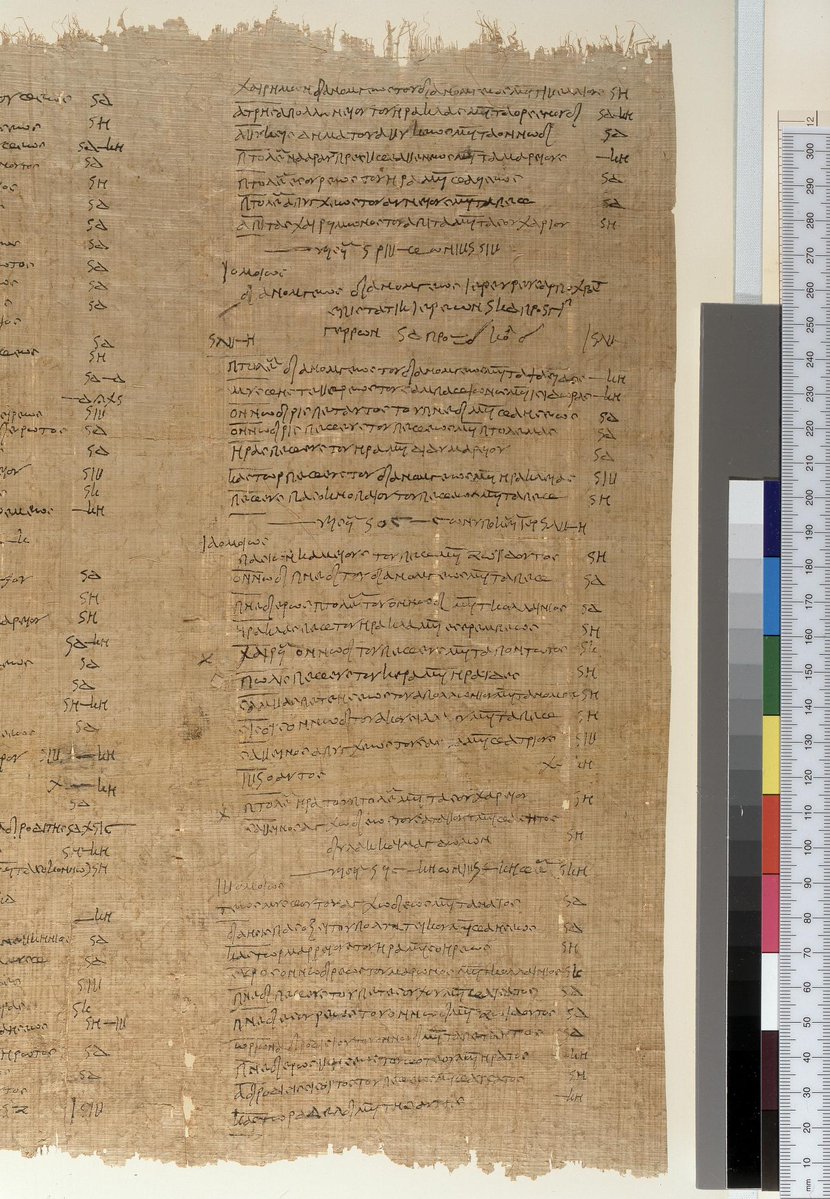After three short years, Ellis Cuffe reports that he has finally digitised the Karanis Tax Rolls papyrological archive, alongside Profs. Alan Bowman and Andrew Wilson from the Oxford Roman Economy Project.

Digitising the Karanis Tax Rolls archive
After three short years, Ellis Cuffe reports that he has finally digitised the Karanis Tax Rolls papyrological archive, alongside Profs. Alan Bowman and Andrew Wilson from the Oxford Roman Economy Project.


Get help paying for your studies at Royal Holloway through a range of scholarships and bursaries.

There are lots of exciting ways to get involved at Royal Holloway. Discover new interests and enjoy existing ones.

Heading to university is exciting. Finding the right place to live will get you off to a good start.

Whether you need support with your health or practical advice on budgeting or finding part-time work, we can help.

Discover more about our academic departments and schools.

Find out why Royal Holloway is in the top 25% of UK universities for research rated ‘world-leading’ or ‘internationally excellent’.

Royal Holloway is a research intensive university and our academics collaborate across disciplines to achieve excellence.

Discover world-class research at Royal Holloway.

Discover more about who we are today, and our vision for the future.

Royal Holloway began as two pioneering colleges for the education of women in the 19th century, and their spirit lives on today.

We’ve played a role in thousands of careers, some of them particularly remarkable.

Find about our decision-making processes and the people who lead and manage Royal Holloway today.